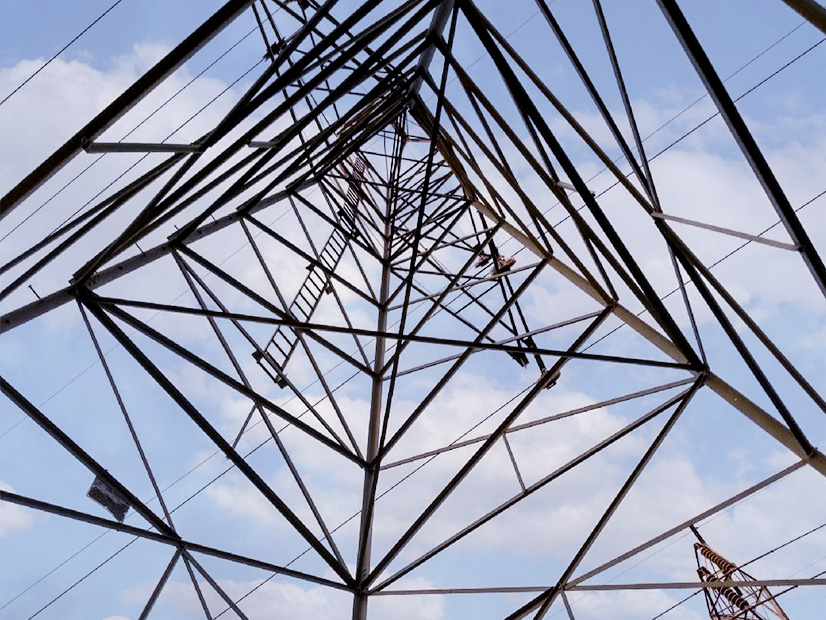Speakers on an ARPA-E Innovation Summit panel Wednesday agreed that the transition to renewable energy will require an interconnected nationwide grid.
This macrogrid would facilitate the transfer of clean energy from high-output regions to lower-output regions depending on the time of day, supporting resilience and decarbonization efforts, they said during a session titled “Transmission System of the Future.”
“The power grid of the future is really going to need to unite the country to bring together all of the various clean energy resources we have in various times and places,” NextEra Analytics’ Aaron Bloom said. “Can you decarbonize with other technologies without transmission? Maybe. Probably you could figure out a way. But the key is to do it at a low cost.”
The biggest hurdles to a mass infrastructure buildout are regulatory restrictions, the panelists said. Interconnecting the grid would be the most efficient and cost-effective path to rapid decarbonization, Bloom said, but long interconnection queues and rights-of-way disputes delay transmission projects significantly.
“Transitioning to a grid that relies on no-carbon resources will really require rethinking of the regulatory frameworks,” Elisabeth Treseder of Equinor said.
The panelists agreed that regulatory entities will need to alter their policies to accelerate transmission projects and facilitate their interconnection to the grid.
“When President Kennedy said, ‘We’re going to the moon,’ he didn’t say, ‘as soon as we get through NASA’s long project queue.’ So if you want more renewables, we as society do need to prioritize transmission,” Direct Connect Development Co. CEO Trey Ward said.
NewGrid President and CTO Pablo Ruiz said, “FERC could have a big role … on the regulatory front [by] setting the right incentives. … I think there’s also a role for Congress to lay out the vision and then FERC can help implement. I wouldn’t discount the significance of an infrastructure bill for that.”
Another big hurdle to a mass infrastructure buildout is the cost. “Who’s going to pay for it?” moderator Trisha Miller, of Breakthrough Energy, asked the panel.
Ward hopes that private capital can be mobilized to cover the cost. Direct Connect is a privately financed HVDC transmission line developer, and he and his team are “very excited” that “President Biden wants to unleash private capital to deploy interregional transmission along existing transportation corridors.”
Ward believes the key to unlocking this capital is an investment tax credit (ITC). He said an ITC is the incentive necessary to kickstart corporate investment in transmission.
“A well funded ITC program would unleash private capital on the largest infrastructure initiative of our generation,” he said.



